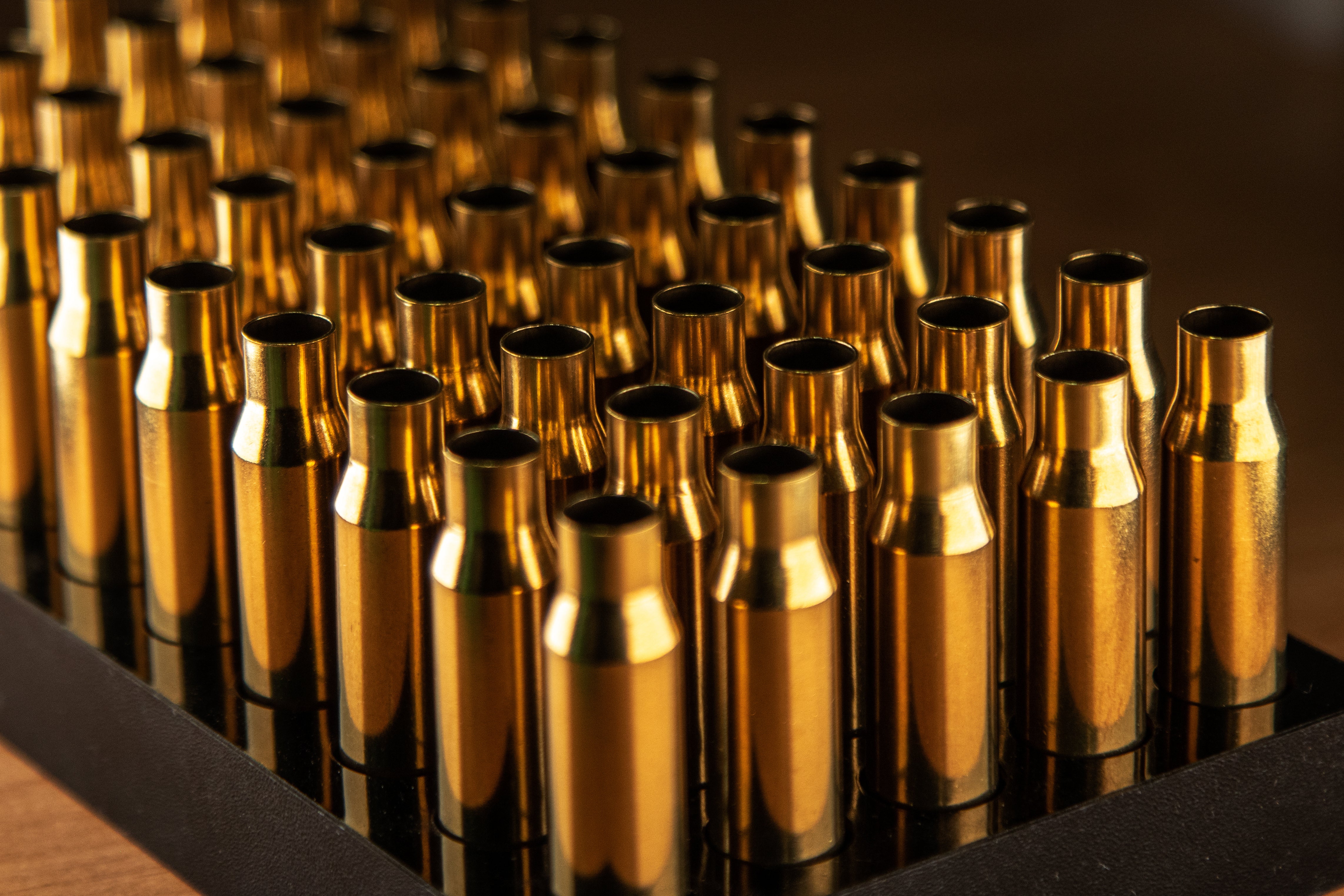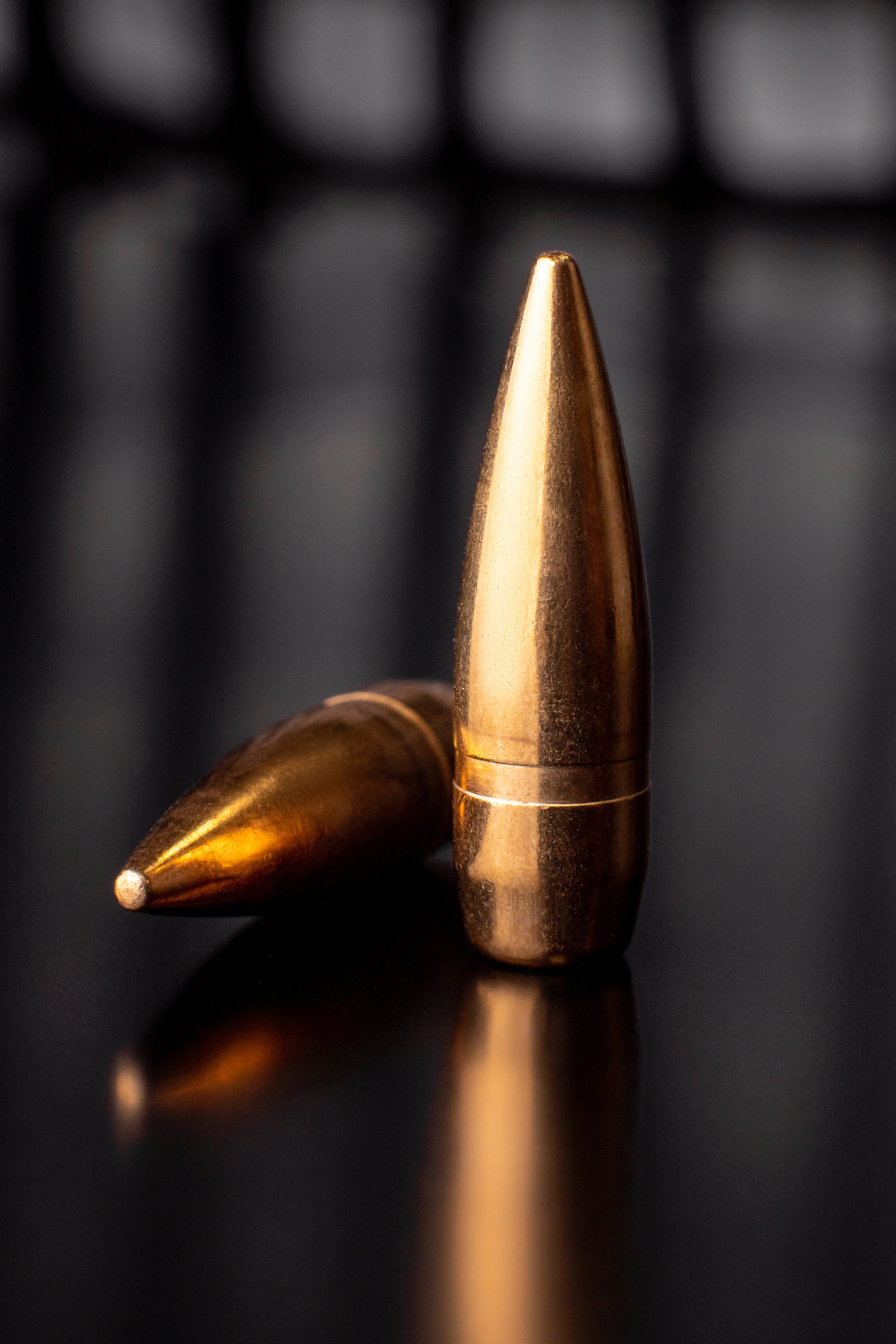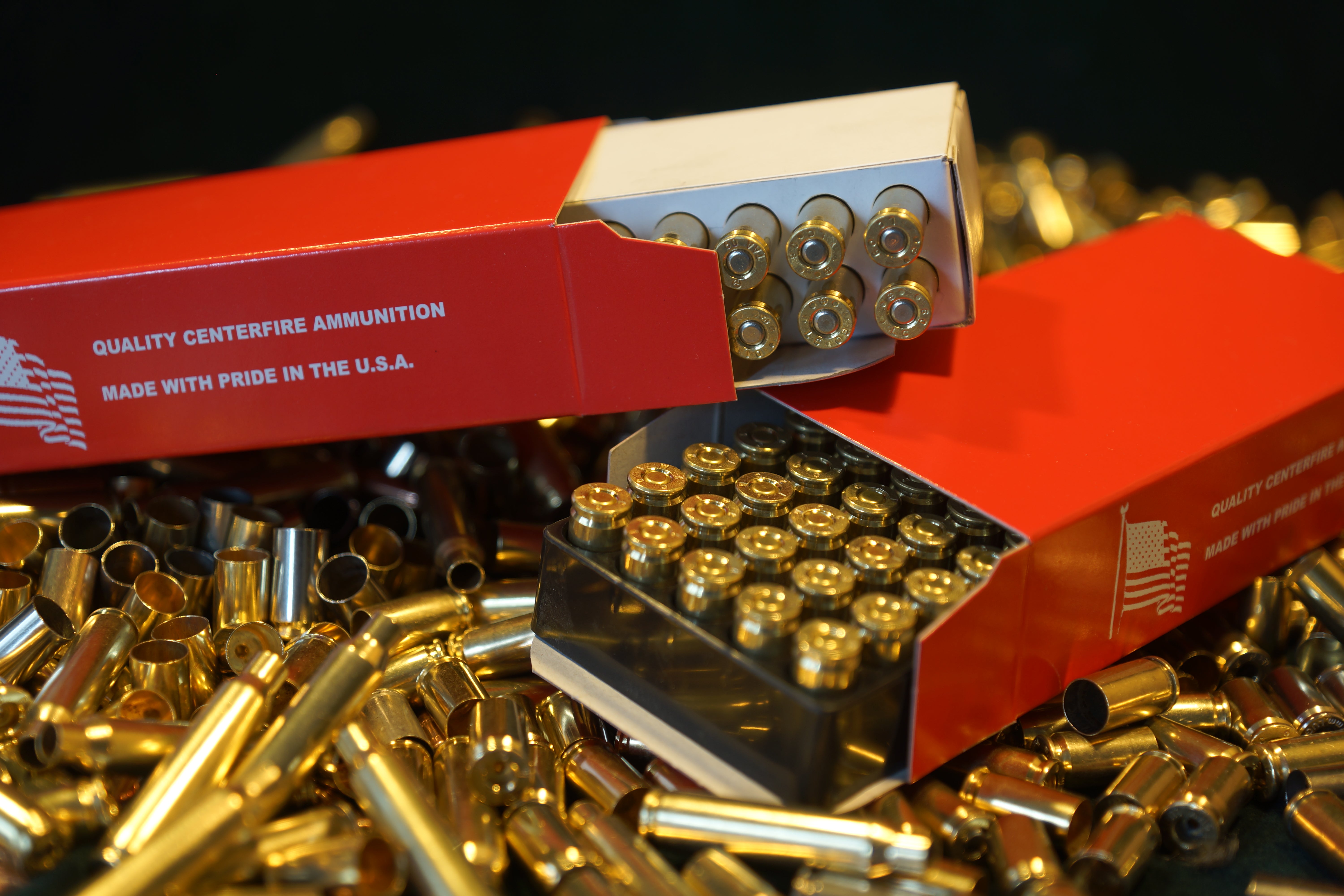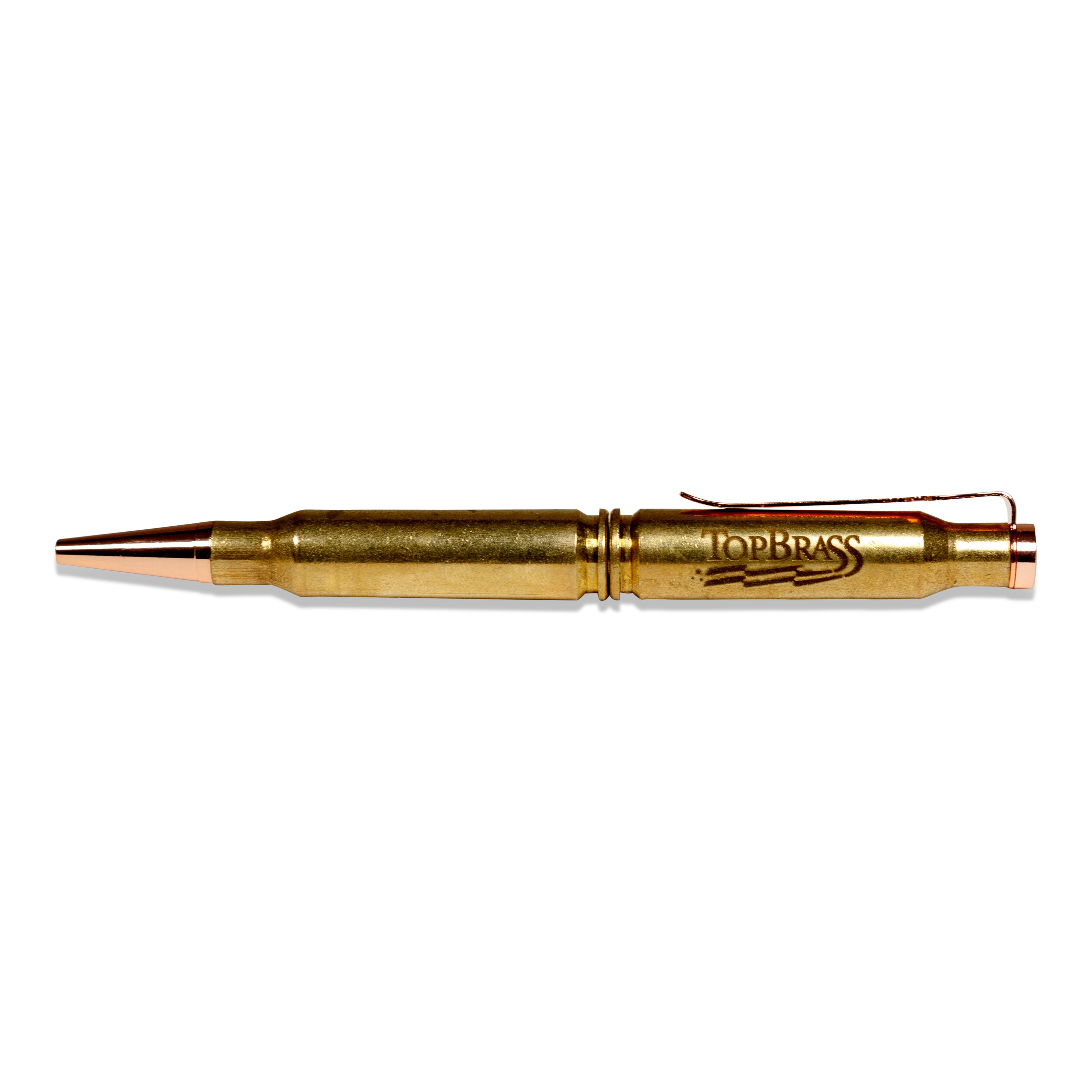Menu
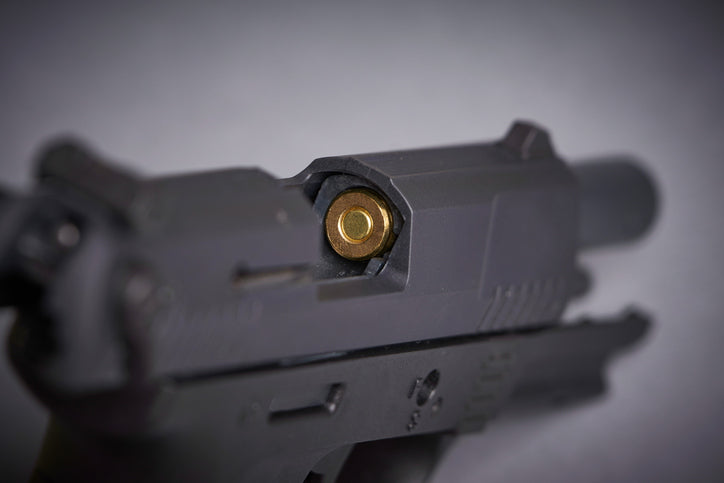
What Is Cartridge Case “Fire Forming” ?
All competitive shooters know it’s the ‘Fire-Forming’ of the cartridge case that creates repeatable accuracy. They recognize the extreme physics involved in down-range shooting science and ballistic coefficients (measures of mid-flight objects to overcome air resistance, or ‘drag’). This physics includes controlled measures, such as barrel length, projectile shape, mass, velocity, and twist rate; as well as uncontrolled measures, such as distance / elevation of target, wind, temperature, and humidity. Add physical body-space elements, such as terrain, line-of-sight, pose-in-shot, stability in aim, and weight of firearm, etc.; and it’s simple to understand the extreme difficulty in repeatable accuracy. This is where fire-forming comes into play. It is a reloading process that reduces some of the extreme variables associated with accurate shooting.
FIRE-FORMING
Fire-forming is the process whereby a cartridge case forms to the chamber of the firearm from which it has been fired from. The pressure and heat exerted from the discharge expands the brass to fit the contours of the chamber, thus creating improved concentricity from the mouth of the case to the bore, as well as precise headspacing. When this brass casing is reloaded, it becomes a custom-fit ammunition cartridge for the firearm from which it was previously fired from.
HEAD-SPACE
Head-space is non-technically defined as the space between a firearm’s breech face, and the base of the chambered cartridge. Proper head-space is typically derived via the fit of the cartridge from the shoulder (datum line), to the similarly contoured chamber cavity. If this space fits nicely, it usually sets the proper spacing at the base of the cartridge, near the firing pin.
In practical terms, the ammunition cartridge needs to fit the chamber correctly. Too much space (i.e. forward / backward wobble) makes for very inaccurate shooting. The seated bullet can be in multiple locations when fired, thus, inaccurate from round to round. Moreover, if the head-space is too small, the cartridge may not be able to extract properly (or even chamber for that matter). Fire-forming expands the brass to fit the chamber cavity perfectly. Reloaders often must trim-down the neck of the brass during reprocessing.
CONCENTRICITY
Most firearm experts and precision shooters understand that the barrel / chamber of a firearm, coupled with the ammunition cartridge, are perhaps the most important parts of a gun’s accuracy. They alone create the direction and trajectory of the bullet when fired (shooter notwithstanding). In its simplest explanation, bore concentricity is the center-point line that runs through the barrel. The idea is to have the chambered (and fired) bullet travel directly down this center-point. Because chambers and barrel bores are not perfectly concentric, and because varying ammunition cartridges and chambers vary by manufacturer and manufacture processes, perfect concentricity can never truly be achieved.
That said, fire-forming can improve the concentricity of the mouth of the cartridge to the bore of the barrel. When the brass is expanded and formed to the chamber, it naturally aligns the two. In turn, the seated bullet will naturally be aligned better. Although fire-forming will not eliminate ‘runout’ (the off-measure from center-point), it nevertheless improves the alignment of the bullet in the chamber. Custom bullets with concentric jackets will also help.
IMPROVED vs. WILDCAT
There are two main methods of fire-forming: IMPROVED CARTRIDGE and WILDCAT CARTRIDGE. Both are common and often used.
Improved fire-forming is nothing more than taking a like-caliber factory ammunition cartridge, with factory headspace, and firing it through your firearm. This ‘spent’ cartridge is now ready for handloading, with its improved headspacing that accommodates the same firearm. The simplicity of this method makes it particularly common among reloaders.
The second method is known as a ‘Wildcat’ cartridge. In summary, this cartridge name is the industry reference for ammunition rounds that are not mass produced (homemade, as it were). Its practice is to take the parent cartridge case of the desired caliber and ‘cold form’ it to fit the dimensions of the firearm chamber to be used. The art of this technique is to get a fairly good headspace for the initial fire-forming discharge. Once done, the resulting wildcat cartridge now accommodates similar-caliber / chambered firearms.
The function of fire-forming is to improve the accuracy of ammunition. It’s mostly practiced by competitive shooters who handload, although hunters and sport shooters are discovering the art. With exceptional detail, much has been written by firearms and munition experts about fire-forming. Their expertise, as well as standard reloading manuals, should be sought before undertaking for the first time.
- Choosing a selection results in a full page refresh.

